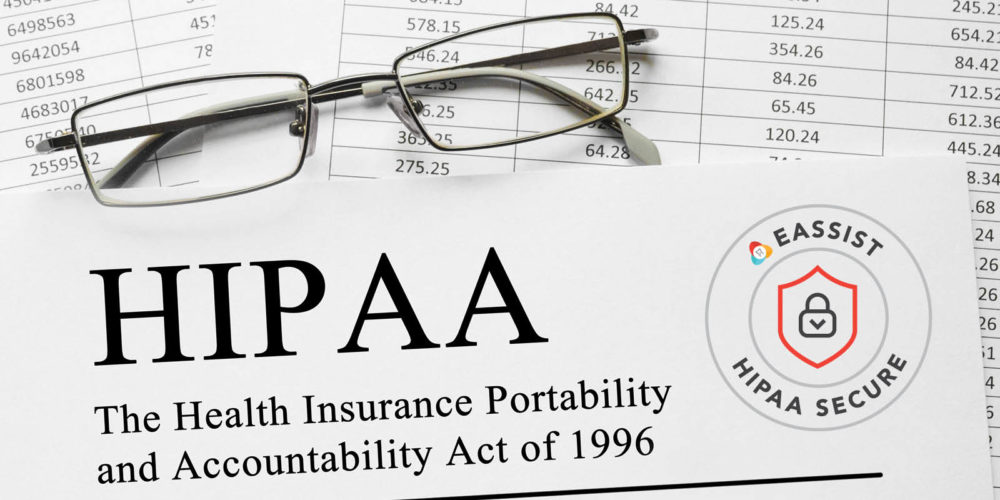Out-of-Network Dentists and Claims
People in PPO plans can receive more coverage and benefits at in-network dentists. Though, some people may go out-of-network in order to visit their preferred dentists. Others may visit out-of-network dentists because they may live “in rural areas or in areas where providers seldom participate in dental networks” (Randall 2014). Despite the decreased coverage with out-of-network dentists, dentists can still assure these patients as well any new ones that they provide quality work. Processing out-of-network claims may differ from in-network claims, depending on the practice.
With decreased coverage, out-of-network dentists should provide excellent procedures and services. Since patients would have higher copayments at these dentists, dental practices should provide pretreatment estimates so that patients could predict how much they would spend out-of-pocket for their procedures (Randall 2014). While new patients may question going out-of-network due to higher copayments, the practice should assure them that they are committed to provide the best treatments and procedures for them (Weiss 2014). Furthermore, being out-of-network can ensure that the dentists can recommend necessary treatment plans without worrying about any restrictions insurance policies may place on them and the patients (Weiss 2014).
Regarding out-of-network claims, dentists and patients may encounter some caveats. If the practice’s owner is in-network, but the patient is treated by the owner’s out-of-network associate, the practice must indicate the treating provider as the associate and the billing provider as the owner on the claim (“Dental benefits 101: Proper billing, waiving co-payments” 2016). Consequently, the patient pays for the procedure as out-of-network, while the insurance company sends the reimbursement check to the billing provider (“Dental benefits 101: Proper billing, waiving co-payments” 2016). Furthermore, the practice can submit out-of-network claims for their patients either for free or for a price (Hartley 2012; Randall 2014). However, practices can leave the responsibility of claim submission to the patients (Randall 2014). In this scenario, the practice could either “balance bill the patient or expect payment in full before providing dental services where the insurance carrier reimburses the patient” (Randall 2014). While patients should send the claim with “a copy of the bill or statement with the claim form,” the practice could help approve their claim by sending any other necessary information, “such as dental records or x-rays,” that proves the necessity of the treatment for the patient (Randall 2014). Without any of this information, the patient may experience a longer claim process and receive reimbursements later than usual (Randall 2014).
Out-of-network dentists can be satisfied that patients chose them based on their own preferences. They have to convince and retain new patients by delivering exceptional services without interference by insurance companies. They should try to help patients with their claims if they do not submit claims for them.


0 Comments